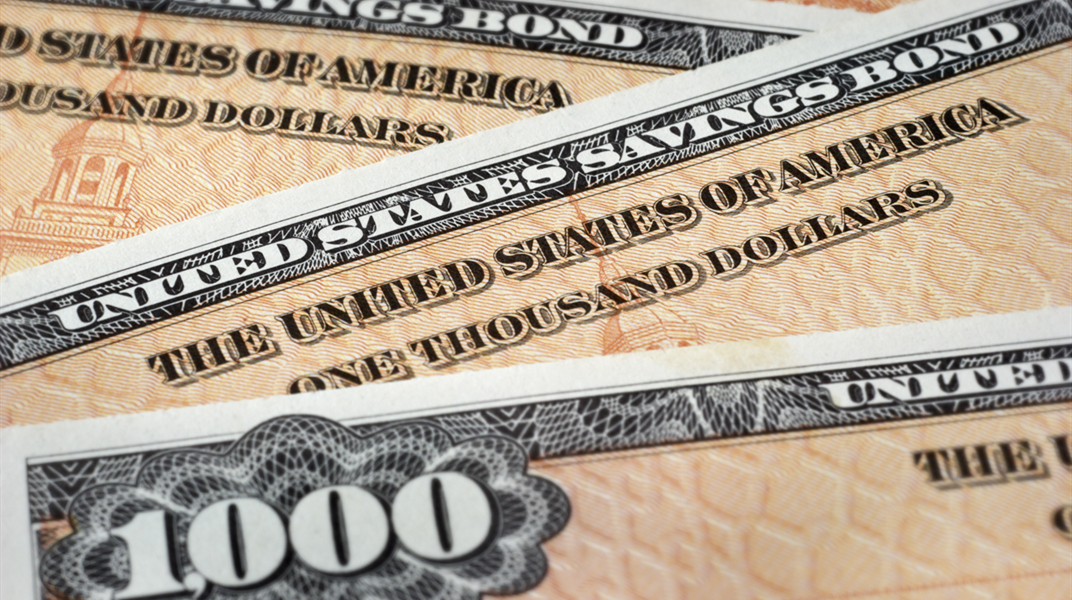Investing in bonds can be a solid way to make money, but you have to know the lay of the land. Its essential to know the different bond varieties, how they work and the advantages they offer.
What follows is a rundown of the seven different kinds of bonds. You’ll need to know a lot more about them to invest successfully, but this rundown will give you a foundation for your research.
Treasury bonds are perhaps the best known among all the different bond varieties. They’re issued by the government to finance federal debt, and as investments they’re basically considered risk-free.The downside is low yields, although they do perform well in a down economy and the interest they generate is exempt from tax at the state level.
There are also a variety of other government bonds that fall into a single catch-all category. These include specialized mortgage bonds such as Fannie Mae, Ginny Mae and the Federal National Mortgage Association, which are generally considered part of the housing market.

Investment-grade corporate bonds are another well-known type of bond. They carry ratings that run from AAA on down (i.e. AA, A, BBB and so on) and they are considered low-risk, although the income they generate is taxable.
High-yield bonds are riskier because their performance is tied to the performance of the individual company. They can be lucrative, but you need to know the ins and outs of a balance sheet if you’re going to go this particular investment route.
Foreign bonds are bonds in which part of the value of the bond is tied to foreign currency. As a result the exchange rate plays a bigger role in determining performance, so you’ll need to know how the exchange market works to make money with these.
The next type of bond is mortgage-backed bonds, where the value is tied to the rate of mortgage prepayments. They usually have a face value of $25K, which is much higher than the normal bond value of $1K or $5K.



